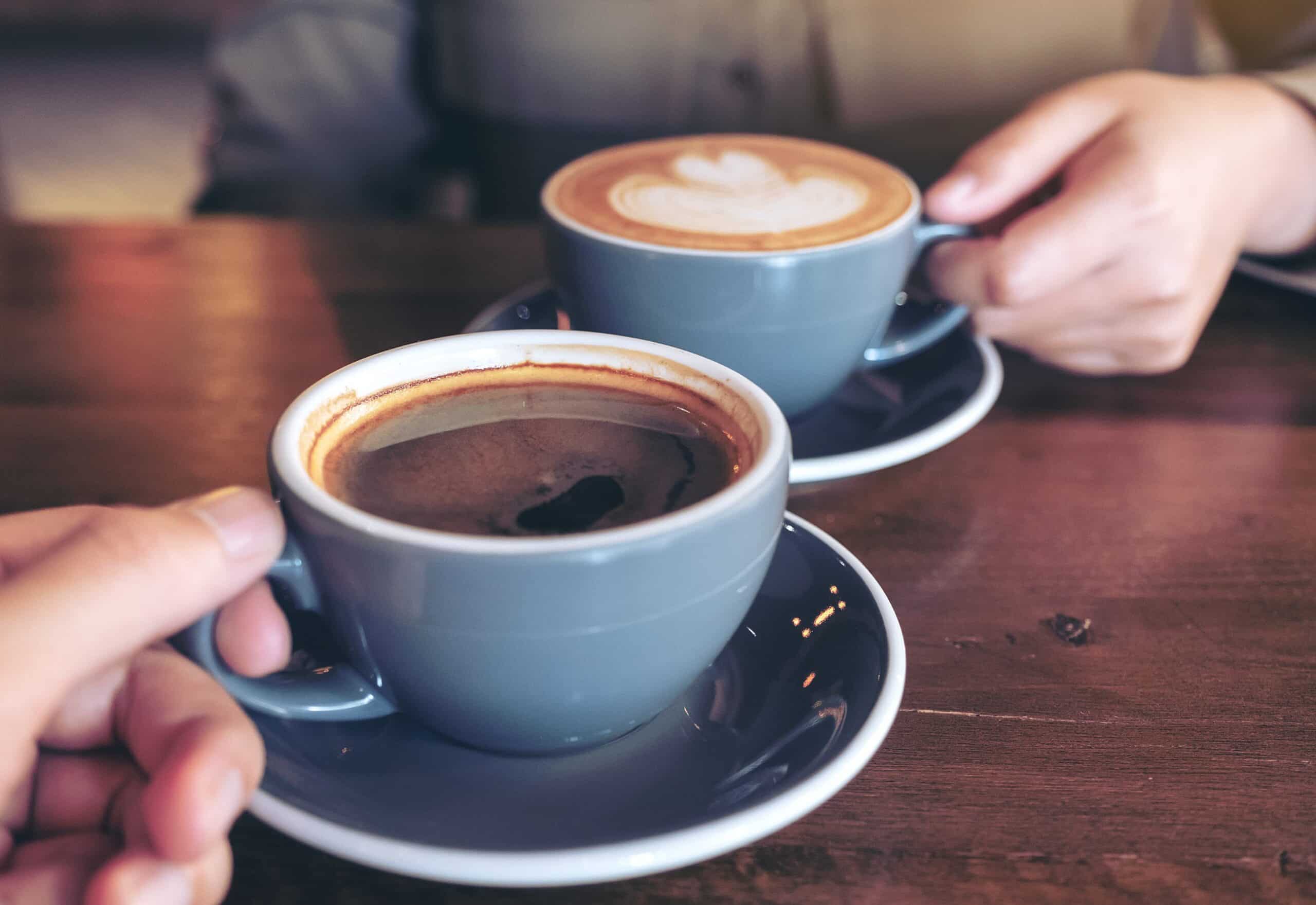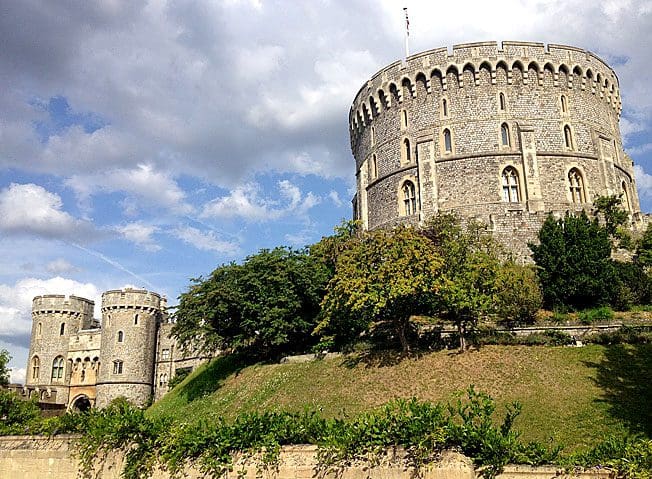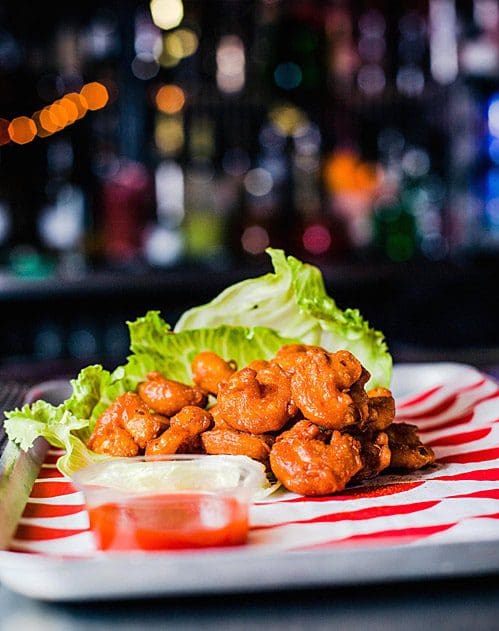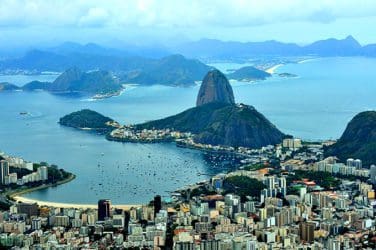If you’re a coffee enthusiast, you’ve probably wondered whether light or dark roast coffee contains more caffeine. With so much conflicting information out there, it’s easy to get confused.
Does the strong, bold flavor of a dark roast indicate higher caffeine levels, or does the light roast’s brightness and acidity hold the upper hand? In this article, we’ll break down the facts and dispel common myths about coffee roasts and caffeine content.
Understanding Coffee Roasts
Before we dive into caffeine content, it’s important to understand what coffee roasting is and how it impacts the beans.
What is Coffee Roasting?
Coffee roasting is the process of heating green coffee beans to bring out the aroma and flavor locked inside. During roasting, beans undergo chemical changes as they are brought to a high temperature, and the length of time they are roasted determines whether they become a light, medium, or dark roast. This process significantly affects the taste and aroma of the coffee, making it either more acidic or more bitter, depending on the roast level.
Light Roast Coffee
Light roast coffee is characterized by its light brown color and a higher level of acidity. The beans are roasted for a shorter period, preserving more of the original flavors of the coffee bean, such as fruity or floral notes. Many coffee drinkers appreciate light roast for its brightness and complexity, but what about its caffeine content?
Dark Roast Coffee
On the other hand, dark roast coffee has a deep, rich color, and the beans are roasted longer, resulting in a more intense, sometimes bitter flavor. The longer roasting process brings out smoky, chocolatey, or even caramelized flavors, which can be a delight for those who prefer a strong cup. However, it’s a common belief that this robust flavor indicates higher caffeine content, but is that really the case?
Caffeine Content: Light vs. Dark Roast
Common Misconceptions
A common misconception is that the stronger, bolder taste of dark roast coffee means it has more caffeine. In reality, the taste and caffeine content of coffee are not directly related. The intensity of the flavor in a dark roast comes from the longer roasting process, which can diminish some of the bean’s original qualities but doesn’t necessarily affect the caffeine level.
The Science Behind Caffeine Retention
The amount of caffeine in a coffee bean remains relatively stable throughout the roasting process. Caffeine is a stable compound that doesn’t break down significantly under the heat of roasting. This means that whether you’re drinking a light roast or a dark roast, the difference in caffeine content per bean is minimal.
Measuring Caffeine by Weight vs. Volume
The real difference in caffeine content comes down to how you measure your coffee. Dark roast beans lose more water during roasting, making them less dense than light roast beans. If you measure your coffee by volume (like using a scoop), a scoop of dark roast will contain fewer beans and therefore slightly less caffeine compared to the same volume of light roast. However, if you measure by weight, the caffeine content is nearly identical between light and dark roasts.
Practical Implications for Coffee Drinkers
Choosing Your Roast Based on Caffeine Needs
So, how should you choose your coffee roast if you’re concerned about caffeine? If you’re measuring your coffee by weight, there’s little difference between light and dark roasts in terms of caffeine. However, if you use a scoop or measure by volume, you might get a slightly higher caffeine content from a light roast. Ultimately, your choice should be based on flavor preference rather than caffeine levels.
Other Factors to Consider
When choosing between light and dark roast, consider what matters most to you: taste, acidity, or how the coffee pairs with your brewing method. Some people prefer the bright, complex flavors of a light roast in a pour-over, while others might enjoy the bold, smoky notes of a dark roast in an espresso. Additionally, the method of brewing can influence the caffeine content of your coffee, with methods like espresso generally delivering a higher caffeine concentration per ounce than drip coffee.
Consider what matters most to you
The difference in caffeine content between light and dark roast coffee is minimal, and the choice should ultimately come down to your personal taste preferences. Whether you enjoy the fruity brightness of a light roast or the rich, bold flavor of a dark roast, you can rest assured that both offer similar levels of caffeine when measured by weight. Next time you shop for your favorite blend, consider browsing an online coffee store where you can explore a wide variety of roasts to find the one that suits your taste buds best.
Understanding the nuances of coffee roasts can enhance your coffee-drinking experience, allowing you to enjoy each cup with a deeper appreciation for the flavors and the craftsmanship behind your favorite brew.







